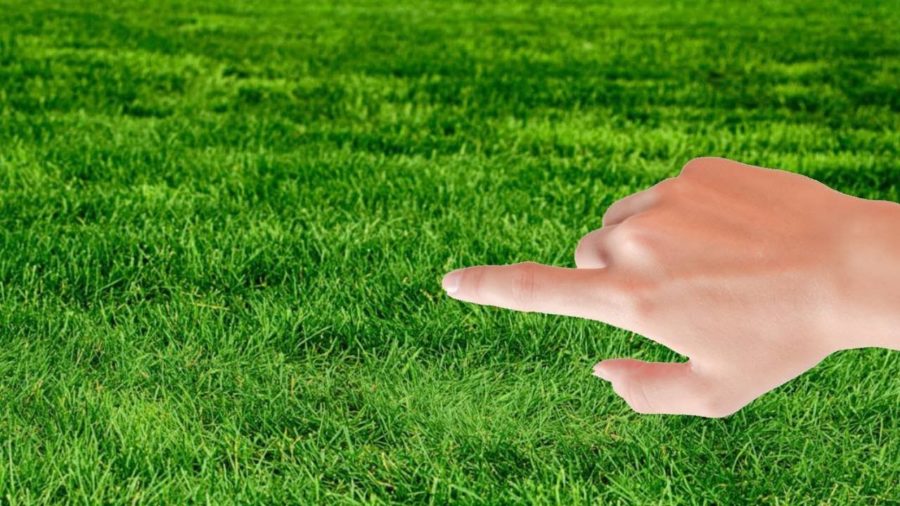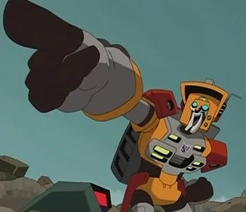Animal facts
Alligators and crocodiles may look similar at first glance, but they have significant differences upon closer inspection. Firstly, alligators are smaller in comparison and have a U-shaped snout with their teeth tucked inside their mouths. Their natural skin tone can range from blue to gray, depending on the type. Alligators can be found in freshwater habitats, with the American Alligator and Chinese Alligator being the only known types. On the other hand, crocodiles are much larger, capable of growing up to 20 feet in length, and tend to live in saltwater habitats. They have a V-shaped snout with their teeth protruding from their mouths, and their skin color can range from brown to green. There are 23 known types of crocodiles worldwide, found in countries such as America, Africa, Asia, and Australia.
There are only 5 types of sharks that consider humans as prey. There is the Tiger Shark, which can reach up to 18 feet and weigh 2,000 pounds and is one of the most aggressive sharks. They are usually found in the Gulf of Mexico, North American beaches, and parts of South America. The next type of shark is a Bull Shark, they are known to travel in freshwater up the Mississippi River and can go up to Alton, Illinois, but eventually they will go back to saltwater because that is where most of their prey is. They can grow up to 7-11 feet and can weigh up to 200-500 pounds, they got their name from the way they charge their prey, their blunt snout, their aggressive nature, and to head-butt their prey before attacking their prey.
The Oceanic WhiteTip is one aggressive shark, they can grow up to 13 feet long and weigh up to 200 pounds. You can find them anywhere in the world but typically live in tropical and sub-tropical waters, they get their name from their fins because the tips turn white. The most aggressive shark and the most likely to eat humans are the Great White Sharks, they grow up to 20 feet and to 25 feet easily. They weigh up 1,500-2,400 pounds. They live in every ocean but usually stay away from cold waters like Antarctica and the Arctic, but they like to live in subtropical waters.
What are the differences between becoming one and similar options?
Becoming a wildlife biologist involves conducting research and studying animal behavior in their natural habitats, such as forests, and discovering new interesting facts that haven’t yet been shared with the world. This profession requires a lot of physical activity and traveling to remote locations, including other states or countries like Africa and Asia. The salary for this job ranges from $35,000 to $100,000 per year, but earning a high income in the early stages may be challenging and depends on what state or country you are in. Nevertheless, the experience is worth it because you get to study, tag, and relocate animals to areas where they belong or where they are needed for the survival of their species. This job is not for those who are averse to getting dirty and may require moving in rough terrain or difficult weather conditions.
If you’re not interested in becoming a wildlife biologist but still want to work with animals, there are several other options available. You could consider becoming a zoologist, which pays around $52,000 to $110,000 per year. Alternatively, you could become a veterinarian and earn between $60,000 to $150,000 per year. If you’re interested in animal nutrition, you could become an animal nutritionist, which pays between $65,000 to $100,000 annually. Another option is to become an animal care specialist, which pays between $22,000 to $155,000 per year. If you’re interested in conservation, you could become a conservation officer, which pays between $41,000 to $63,000 per year, or a conservation biologist, which pays around $62,000 per year.
Where I got the salaries from:





























